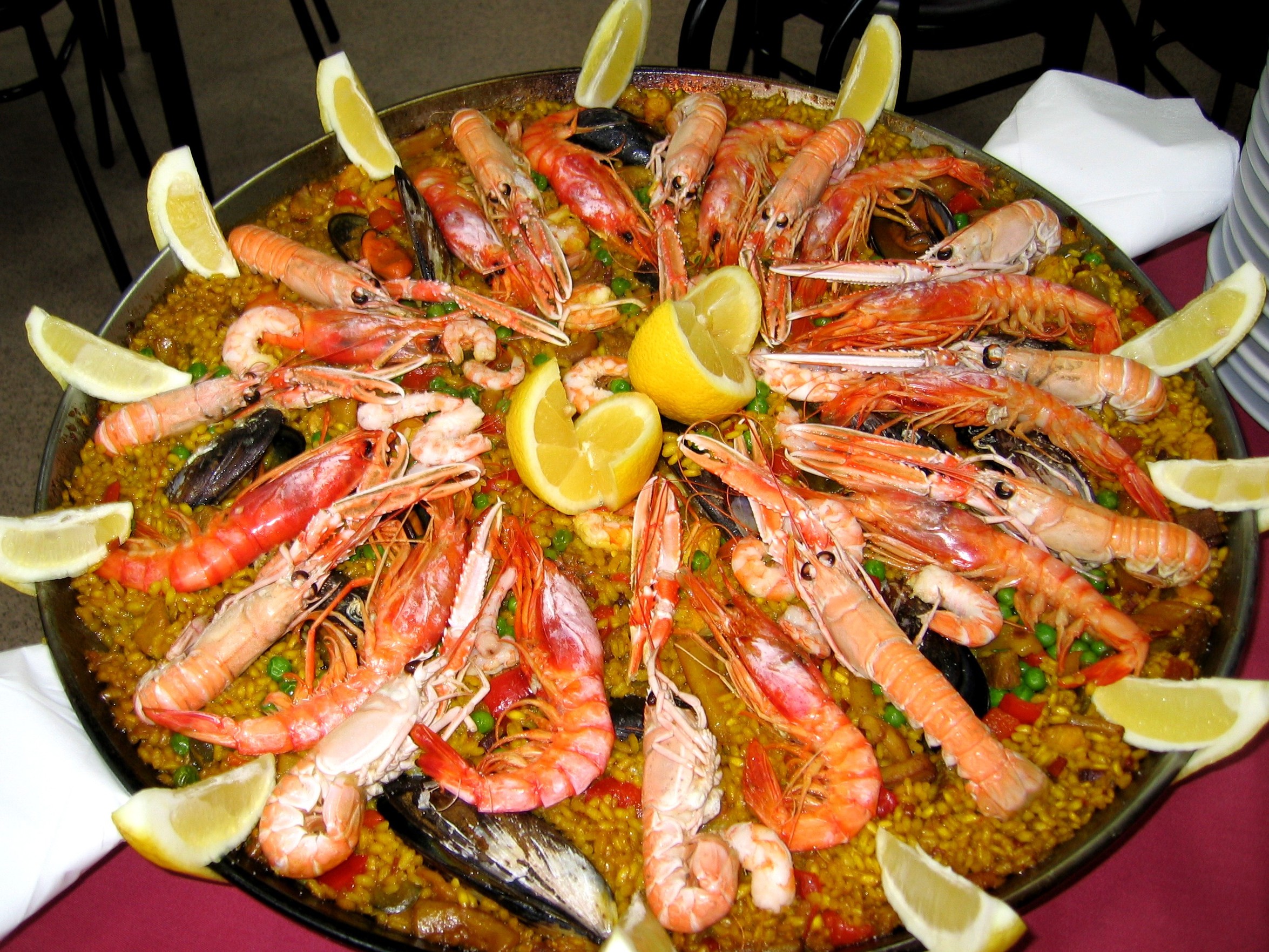Learning Spanish 101
- Introduction to Spanish
- Everyday Vocabulary
- Conversational Spanish
- Intermediate Grammar
- Travel Vocabulary
- Business Spanish
- Spanish Culture
- Advanced Grammar
- Spanish Literature
- Spanish in the Media
- Review and Practice
Spanish Culture
Exploring Spanish Cuisine

Culinary traditions of Spain.
Spanish cuisine is a vibrant and diverse reflection of the country's rich history, regional differences, and cultural traditions. This unit provides an in-depth exploration of Spanish cuisine, from traditional dishes and drinks to desserts and dining customs.
Overview of Spanish Cuisine
Spanish cuisine is characterized by its regional diversity, resulting from the country's varying geography and climate. Despite these regional differences, common ingredients found across Spanish cuisine include olive oil, garlic, onions, peppers, tomatoes, and a variety of meats and seafood.
Traditional Dishes
One of the most famous Spanish dishes is Paella, a rice dish originally from Valencia, typically made with rabbit, chicken, and a variety of seafood. Tapas, small plates of various dishes, are a staple of Spanish cuisine and are often shared among a group. Gazpacho, a cold tomato-based soup from Andalusia, is a refreshing dish often enjoyed during the hot summer months.
Spanish Drinks
Spain is renowned for its drinks as well. Sangria, a punch made from red wine and chopped fruit, is popular both in Spain and around the world. Cava, a sparkling wine from Catalonia, is often served at celebrations. Spain is also one of the world's largest wine producers, with famous wine regions including Rioja, Ribera del Duero, and Priorat.
Spanish Desserts
Spanish desserts are a delightful way to end a meal. Churros, deep-fried dough pastries, are often served with a cup of thick hot chocolate for dipping. Flan, a creamy caramel custard, is a common dessert found throughout Spain. Tarta de Santiago, an almond cake from Galicia, is distinguished by the cross of Saint James dusted on its surface.
Eating Customs
Spanish eating customs are unique and can be surprising to foreigners. Spaniards typically eat late, with lunch around 2 pm and dinner not until 9 pm or later. Tapas culture is also significant in Spain, where people often go "tapeo," or tapas hopping, moving from bar to bar and enjoying small plates and drinks.
Understanding Spanish cuisine is not just about the food and drink itself, but also about appreciating the social and cultural context in which it is enjoyed. It's a vital part of the Spanish lifestyle and a delicious way to delve deeper into the country's culture.